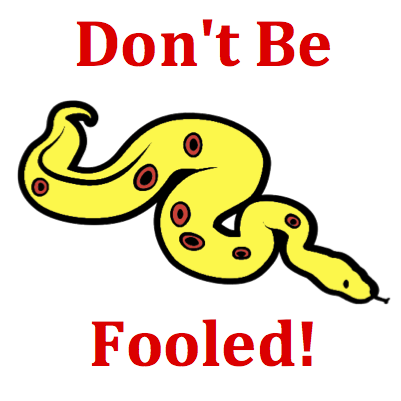Hold down the T key for 3 seconds to activate the audio accessibility mode, at which point you can click the K key to pause and resume audio. Useful for the Check Your Understanding and See Answers.
Mission CG3 Centripetal Force and Inertia - Question Group 1 Help


An object at rest will tend to stay at rest; an object in motion will tend to stay in motion with the same speed and direction, unless acted upon by an unbalanced force.


Many students understand that the eraser will maintain its state of motion if there is no net force. But they are a little confused about what exactly the state of motion refers to. They might think that the state of motion of the eraser is the state of moving in a circle. But don't be fooled! The state of motion refers to the speed and direction which an object has at a specific moment in time. For the eraser moving in a circle, the state of motion is constantly changing. The direction is always tangent to the circle, but the tangent direction is undergoing a constant change because of the string's inward pull on the eraser. If the string force ceased, the eraser would stop accelerating and begin travel in a straight line in the direction it has at that given moment.
